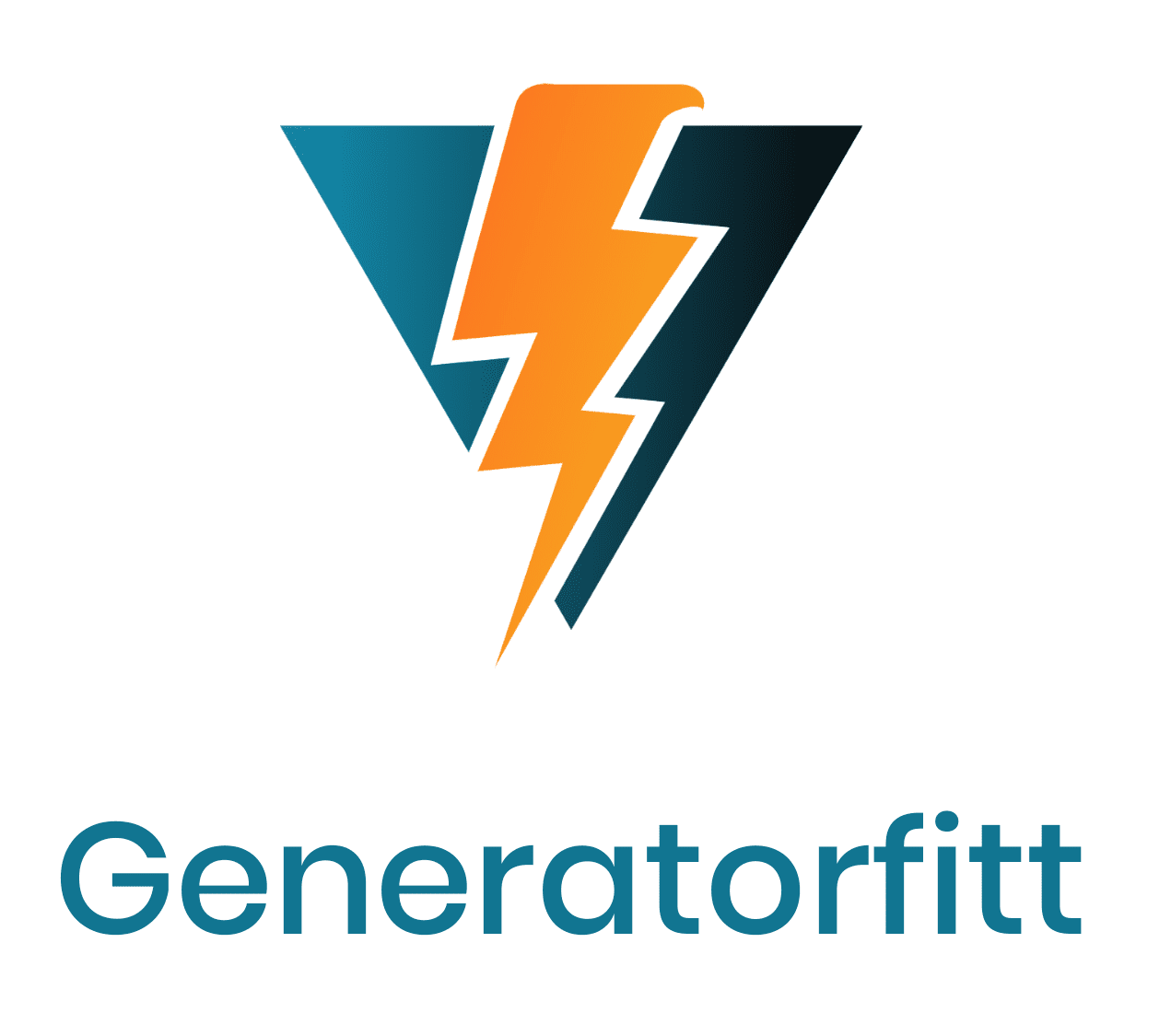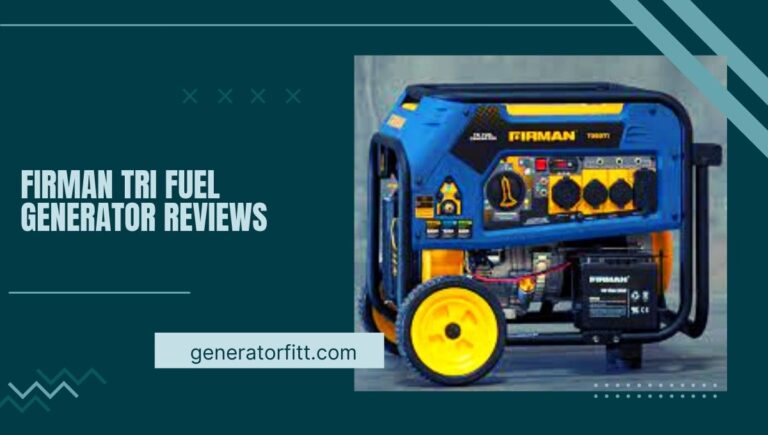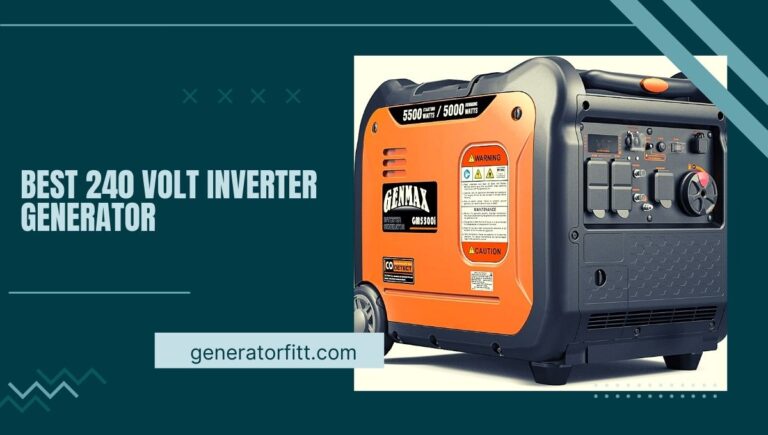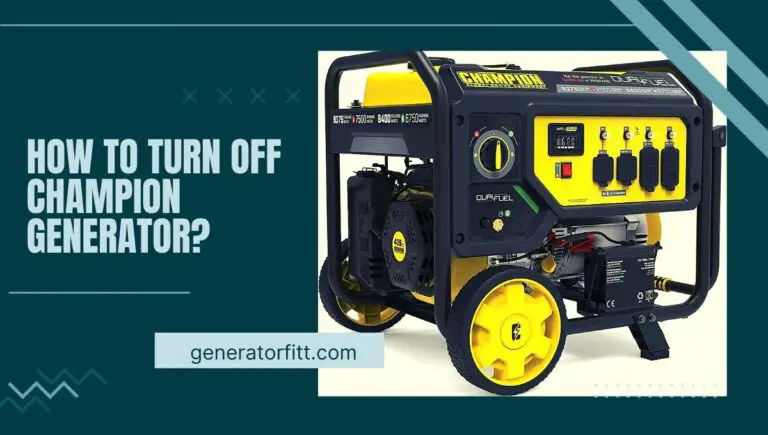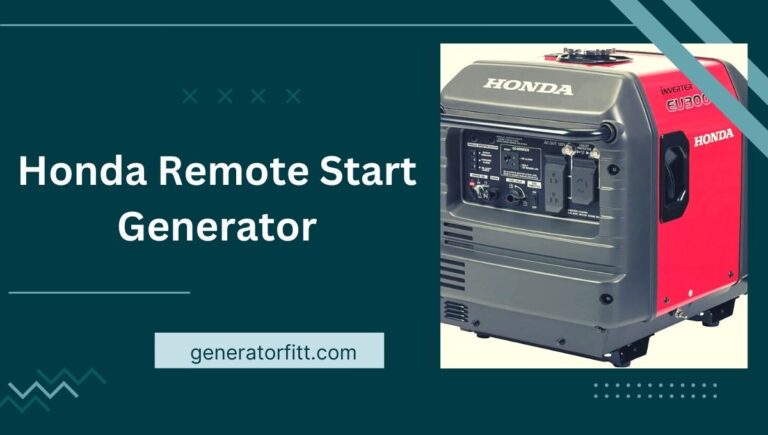Top 5 Diy Inverter Generator Reviews (Buyer’s Guide) In 2023
In today’s world, where power outages are a common occurrence, having a reliable source of electricity is crucial. Inverter generators offer a convenient solution, providing clean and stable power for various applications.
While there are many commercially available options, building your own DIY inverter generator can be a rewarding and cost-effective project. This article will guide you through the process, from understanding the basics to building and maintaining your DIY’s inverter generator.
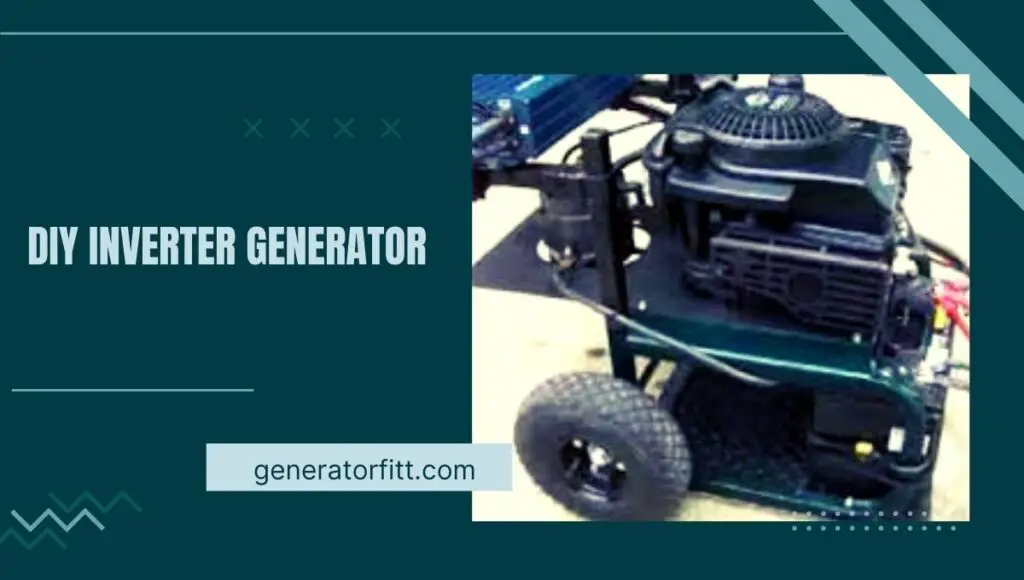
The Inverter Generators
Before diving into the DIY aspect, it’s essential to understand the fundamentals of inverter generators. Unlike conventional generators, which produces alternating current (AC) directly from the engine, inverter generators convert the AC power into direct current (DC) and then back to AC power.
This process ensures a steady and consistent flow of electricity, making them suitable for sensitive electronics and appliances.
Benefits of DIY Inverter Generators
- Cost Savings: Building your own inverter generator can be significantly cheaper compared to purchasing a brand-new one.
- Customization: DIY generators allow you to tailor the specifications according to your specific power requirements.
- Learning Experience: Building a generator from scratch provides valuable knowledge about electrical systems and components.
- Independence: With a DIY’s inverter generator, you have the power to supply electricity during emergencies or outdoor activities.
Westinghouse Outdoor Power Equipment 2200 Peak Watt Super Quiet

The Westinghouse Outdoor Power Equipment 2200 Peak Watt Super Quiet & Lightweight Portable Inverter Generator is a highly efficient and reliable power solution for outdoor activities. With a peak wattage of 2200, it provides ample power to run various appliances and devices. What sets it apart is its super quiet operation, ensuring minimal noise disturbance.
Additionally, its lightweight design makes it easy to transport and maneuver. Whether you’re camping, tailgating, or in need of backup power during emergencies, this Westinghouse generator is a dependable choice.
WEN 56235i Super Quiet 2350-Watt Portable Inverter Generator
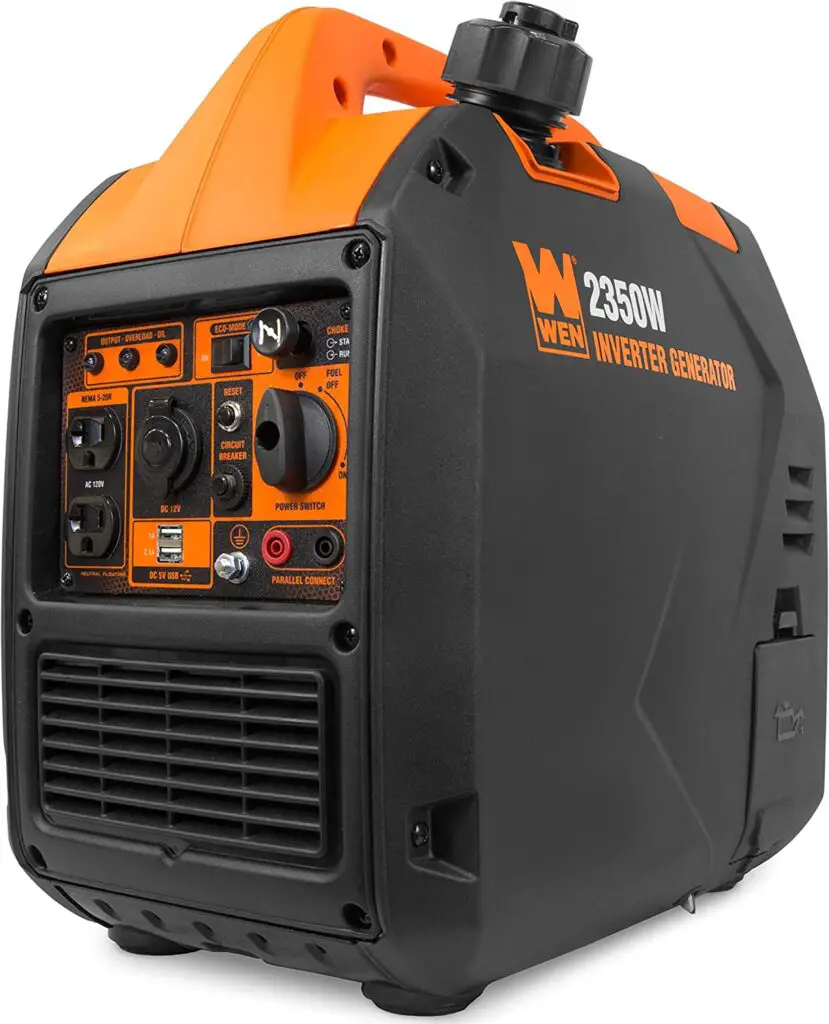
The WEN 56235i Super Quiet 2350-Watt Portable Inverter Generator is a powerful and reliable outdoor power solution. With a maximum output of 2350 watts, it can easily power a variety of appliances and electronics. What sets it apart is its super quiet operation, ensuring minimal noise disturbance during use.
The inverter technology provides clean and stable power, making it safe for sensitive devices like laptops and smartphones. Its compact and portable design makes it easy to transport and store, making it a convenient choice for camping trips, tailgating, or backup power needs. The WEN 56235i is a dependable and efficient generator for all your outdoor power requirements.
Briggs & Stratton Q6500 Quiet Power Series Inverter Generator
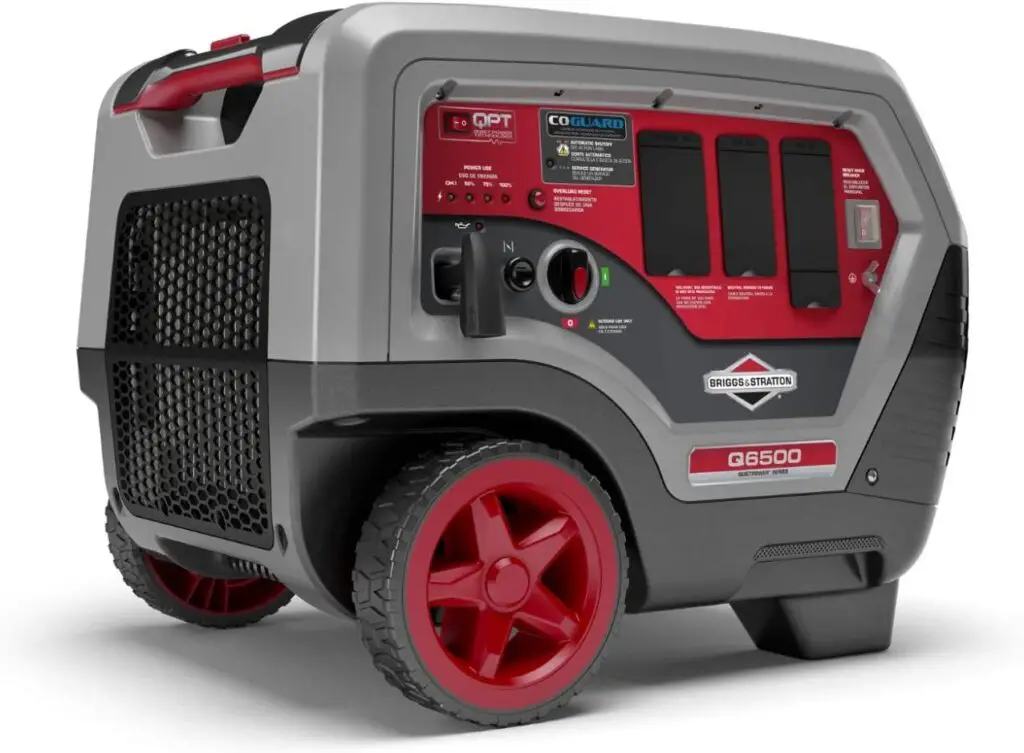
The Briggs & Stratton Q6500 Quiet Power Series Inverter Generator is a high-performance and reliable power solution for various applications. With its advanced inverter technology, it provides clean and stable power to safely run sensitive electronics and appliances.
The Q6500 is known for its quiet operation, minimizing noise disturbance during use. With a maximum output of 6500 watts, it offers ample power to meet your needs, whether it’s for camping, tailgating, or emergency backup power.
The generator’s sturdy build and portability make it easy to transport and store. With the Briggs & Stratton Q6500, you can enjoy reliable and quiet power wherever you go.
A-iPower Portable Inverter Generator, 2000W Ultra
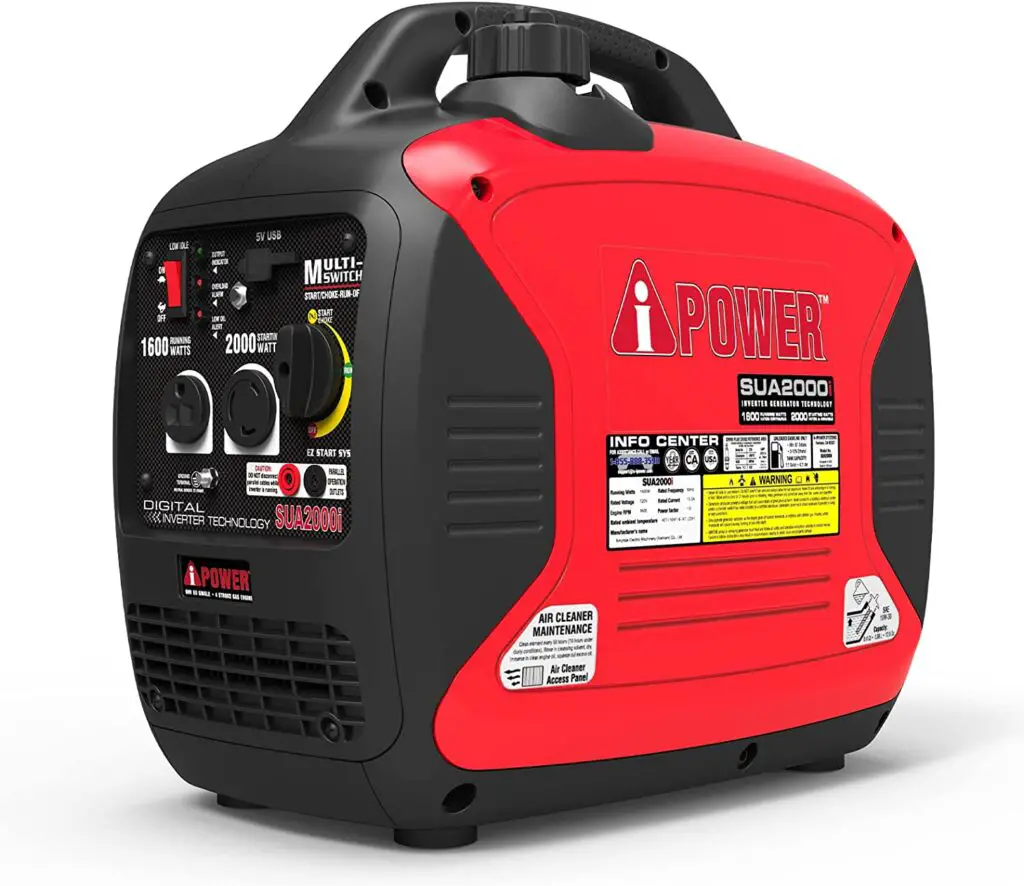
The A-iPower Portable Inverter Generator is a reliable and versatile power solution that offers 2000 watts of power output. With its ultra-quiet operation, it ensures minimal noise disruption during use.
The inverter technology delivers clean and stable power, making it safe for sensitive electronics such as laptops, smartphones, and other devices. Its compact and portable design allows for easy transportation and storage, making it ideal for camping trips, outdoor events, and emergency power backup.
The A-iPower Portable Inverter Generator is a dependable choice for anyone in need of efficient and quiet power on the go.
Pulsar G450RN, 4500W Super Quiet Portable Inverter Generator
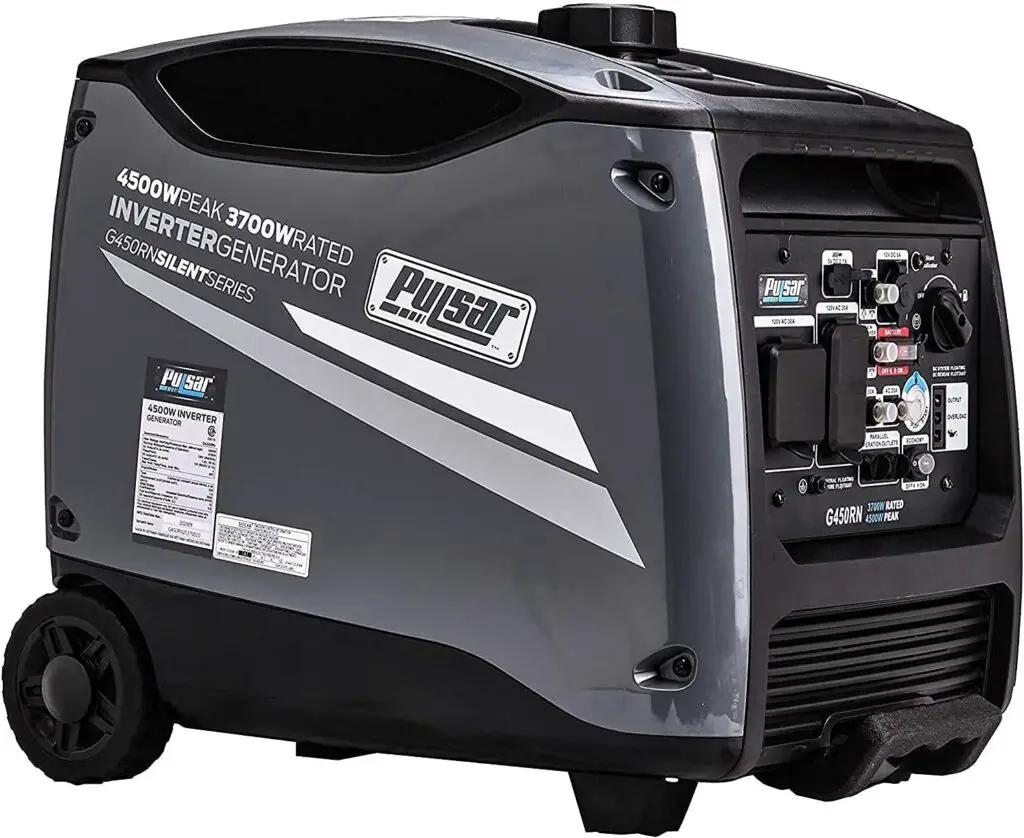
The Pulsar G450RN is a powerful and super quiet portable inverter generator that delivers 4500 watts of reliable power. Its advanced inverter technology ensures clean and stable power output, making it safe to use with sensitive electronics and appliances.
The super quiet operation minimizes noise disturbance, allowing for a peaceful environment during use. With its portable design, the generator is easy to transport and store, making it a convenient choice for camping, tailgating, or emergency backup power. The Pulsar G450RN is a dependable and efficient solution for all your portable power needs.
Choosing the Right Generator
Selecting the appropriate generator for your needs is crucial. Consider the following factors:
- Power Output: Calculate the wattage requirements of your appliances and electronics to determine the generator’s power capacity.
- Fuel Type: Decide whether you prefer gasoline, propane, or another fuel source based on availability and convenience.
- Noise Level: If noise is a concern, opt for generators with lower decibel ratings.
- Portability: Evaluate the weight and dimensions of the generator, especially if you plan to use it for outdoor activities.
Required Materials and Tools
Before you embark on building your DIY’s inverter generator, gather the following materials and tools:
Materials:
- Engine with an appropriate power rating
- Alternator
- Inverter module
- Batteries
- Fuel tank
- Exhaust system
- Control panel components
- Wiring and connectors
- Mounting frame or enclosure
Tools:
- Wrenches and screwdrivers
- Wire cutters and strippers
- Soldering iron and solder
- Multimeter
- Drill and bits
- Safety goggles and gloves
Step-by-Step Guide to Building a DIY’s Inverter Generator
- Step 1: Prepare the Mounting Frame
- Step 2: Install the Engine
- Step 3: Attach the Alternator
- Step 4: Connect the Inverter Module
- Step 5: Install the Batteries
- Step 6: Connect the Fuel Tank
- Step 7: Install the Exhaust System
- Step 8: Wire the Control Panel
- Step 9: Connect the Wiring
- Step 10: Test and Adjust
Safety Measures to Consider
When working with electricity and machinery, safety should be a top priority. Follow these precautions to ensure your well-being:
- Disconnect the power source before making any modifications or repairs.
- Use appropriate personal protective equipment (PPE), including gloves, goggles, and ear protection.
- Follow the manufacturer’s instructions and specifications for each component.
- Keep flammable materials away from the generator.
- Regularly inspect and maintain the generator to prevent potential hazards.
Testing and Maintenance
After completing the construction, it’s essential to test the DIY’s inverter generator thoroughly. Follow these steps:
- Start the generator and monitor its performance.
- Verify the stability of the output voltage using a multimeter.
- Connect various appliances and electronics to ensure they function correctly.
For maintenance, adhere to the manufacturer’s guidelines for servicing the engine, changing the oil, and inspecting the components regularly. Clean the generator to prevent dust and debris buildup.
People also ask
Can an inverter generator run a house?
Yes, an inverter generator can run a house. Inverter generators are designed to provide clean and stable power, making them suitable for powering sensitive electronics and appliances in residential settings.
They can supply electricity to essential household items, such as lights, refrigerators, televisions, and small kitchen appliances, during power outages or in off-grid situations.
However, it’s important to note that the power output of the generator should be sufficient to meet the energy requirements of the house, and careful load management is necessary to avoid overloading the generator.
Are inverters as good as generators?
Inverters and generators serve different purposes and have their own advantages. Inverters are known for their clean and stable power output, making them ideal for sensitive electronics.
They are quieter, more fuel-efficient, and produce fewer emissions compared to traditional generators.
However, generators are generally more powerful and better suited for heavy-duty applications or situations where a high wattage output is required. The choice between an inverter and a generator depends on the specific needs and preferences of the user.
Why are inverter generators so expensive?
Inverter generators tend to be more expensive compared to conventional generators due to several factors. One of the main reasons is the advanced technology they incorporate. Inverter generators utilize complex electronics and additional components to convert and regulate power,
resulting in cleaner and more stable electricity. This advanced technology contributes to higher manufacturing costs. Additionally, the demand for inverter generators has increased over time, leading to higher prices due to market dynamics.
However, it’s worth noting that the benefits of inverter generators, such as quieter operation, fuel efficiency, and suitability for sensitive electronics, often justify their higher price tag for those who prioritize those features.
What’s the difference between an inverter generator and a converter generator?
The terms “inverter generator” and “converter generator” are often used interchangeably, but they refer to the same type of generator. Both terms describe a generator that produces AC power and then converts it to DC power before inverting it back to AC power.
This conversion and inversion process allows for a more stable and cleaner power output, making them suitable for sensitive electronics. In summary, there is no significant difference between an inverter generator and a converter generator—they refer to the same type of advanced generator technology.
Conclusion
In Conclusion, Building a DIY’s inverter generator offers numerous advantages, including cost savings, customization, and self-sufficiency. By understanding the principles and following the step-by-step guide provided, you can create a reliable power source tailored to your specific needs. Remember to prioritize safety and perform regular maintenance to ensure optimal performance and longevity.
Hi, I am Brines Loe and I am an Expert in Generators I have Experience in This Field I want to Help You About This Website! Welcome to our generator (Outdoor) Guide blog! We are dedicated to providing you with the latest information and tips on outdoor generators, ensuring that you have the knowledge you need to make informed decisions about which generator is right for you.
